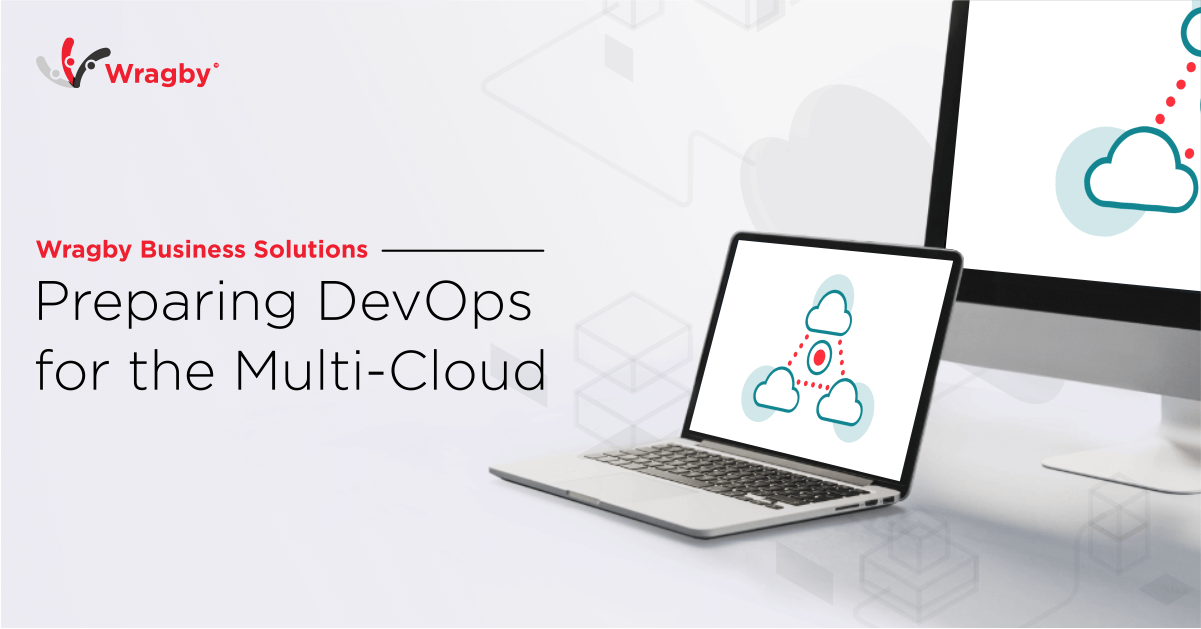
28 Sep Wragby Business Solutions: Preparing IT Teams for the Multi-Cloud
Enterprises will inevitably find themselves managing services and applications across many cloud service providers as they intensify their migration to the cloud. A multi-cloud strategy undoubtedly provides advantages in terms of flexibility, robustness, and a decreased risk of vendor lock-in, but it also presents new significant challenges for the software development team.
IT development teams require cutting-edge procedures that guarantee dependability, performance, and effectiveness because workloads and data are dispersed throughout several cloud providers. Here are a few more intelligent techniques IT teams use to streamline operations as they deploy cutting-edge multi-cloud strategies to support digital transformation in their organizations.
Create a centralized platform
Some business enterprises have different processes for different cloud providers or functional roles because different cloud service providers have distinct toolkits. Deploying a software delivery solution that is independent of the cloud in a wiser way enables DevOps teams to control software delivery from a single platform. To avoid the pitfall of managing distinct teams using vendor-specific tools that result in segregated delivery and vendor lock-in, vendor-agnostic tools are crucial.
Standardizing containers
In a scenario where there are multiple cloud providers, standardizing containers can greatly ease software development and deployment. The DevOps team can manage various apps in a streamlined continuous integration, continuous delivery, and continuous deployment pipeline when they are running in containers that follow a common set of rules. Additionally, it is simpler for the team of developers to run them across various providers.
Evaluate applications before cloud migration
An organization would be advised to prioritize migrations by one cloud and application at a time given the complexity of DevOps in a multi-cloud environment. Teams can begin to migrate to different cloud providers as they become more accustomed to one cloud and its nuances. Assess which applications might benefit from a particular cloud’s features or pricing, or which would benefit from the redundancy of numerous clouds, before deciding which ones to migrate.
Establish cloud-independent procedures.
The DevOps team should create templates and best practices as it becomes familiar with the resources, advantages, and disadvantages of various suppliers. They can hasten to learn and boost output by exchanging templates and experiences. There are some tools that can be used to create various templates, one of them is terraform.
The pros of a multi-cloud setting
A business can leverage a well-managed multi-cloud environment under the direction of a skilled DevOps team as a platform to innovate and hasten the digital transformation process. Each application or workload can be matched to the provider who has the highest performance, price, or capability for the use case, or who meets the requirements for compliance and data sovereignty.
Achieving more through a smart partner is what any business requires to scale faster.
Is your organization in need of a smarter partner to handle your multi-cloud system more intelligently? Kindly get in contact with Wragby Business Solutions to find out how our team of professionals can help you in your efforts to make DevOps simpler and better.
We eagerly await your response. Click to schedule a call




